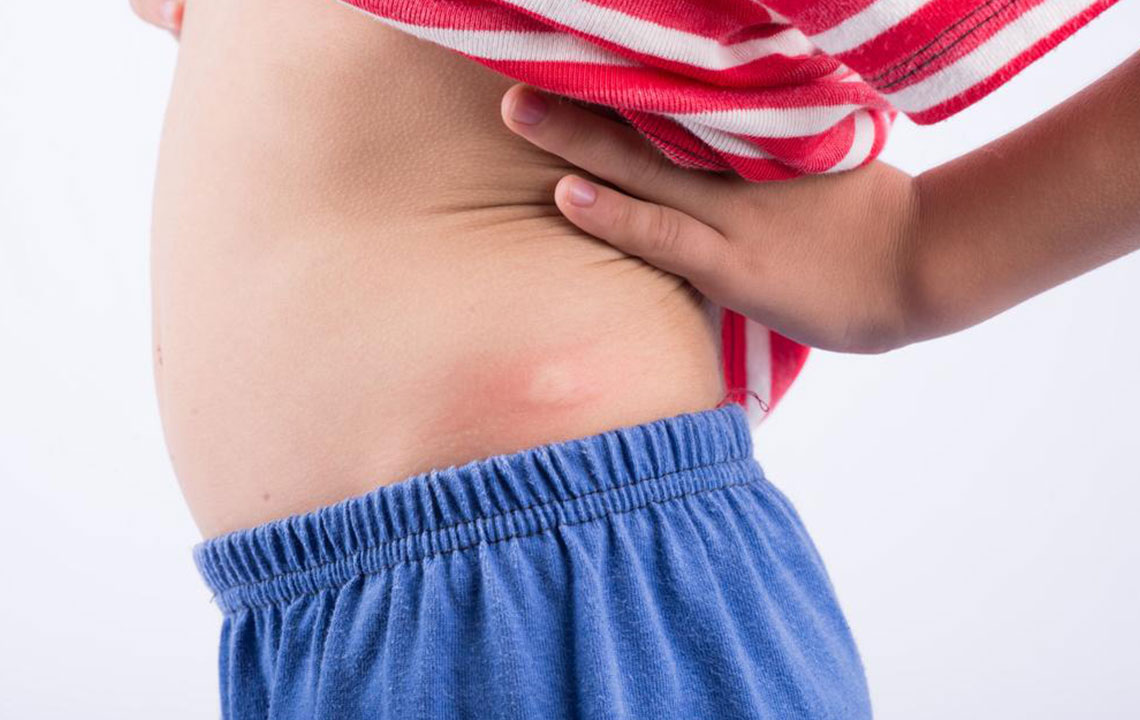6 Daily Activities That Help In Shingles Rash Treatment
It has been estimated that shingles affect about one in three people in the US. Also called as herpes zoster, shingles appears as a painful skin rash in the form of a band, or a strip or small area of the skin on one side of the body or the face. Familiar among older adults and people with a weak autoimmune system, shingles rash occur due to specific medications, excessive stress, and injury. Caused by the varicella-zoster (VZV) virus, shingles occurs in those who had chickenpox during their childhood. It hence makes it important to get shingles rash treatments as the same virus is responsible for chickenpox as well.

The virus lies dormant and is triggered during adulthood due to e weak immune system, age-related factors, and medications. This causes shingles. The virus may lie dormant for the entire adult life without the person being afflicted by shingles rash. In the initial stage, there are no rashes. The affected person may experience fatigue, fever, and sensitivity to light. Then, there is the onset of pain, followed by the development of rashes and fluid-filled blisters in small areas of the body.
Medical diagnosis usually occurs only after 72 hours after the development of the first rashes. This is because doctors can usually confirm after 72 hours have elapsed that the patient is suffering from shingles and not any other infection or skin allergies.
- Take healing baths: Cleaning the rashes and blisters is essential to prevent further spreading of the infection. A cold water bath can help alleviate pain and itchiness. Use of hot water for baths should be avoided completely. Hot water aggravates shingles rashes and should be avoided when you are working shingles rash treatments. Colloidal oatmeal can be used in healing baths. Mix one to two cups of colloidal oatmeal in a lukewarm water and soak in this for 15-20 minutes. Dry off completely using a clean towel. The towel should be a cleaned with an antiseptic to avoid the spreading of the virus.
- Use lotions and creams to soothe skin: Shingles causes an itching sensation and a tendency to scratch the rashes and blisters. This lead to the development of more outbreaks. Soothing lotions and creams can be used to break out of this vicious cycle. Topical ointments with natural anti-inflammatory ingredients can be applied to get relief from pain. Calamine lotion or petroleum jelly can be applied to rashes immediately after a bath. This will help to calm down the itching sensation. Chemical-based and scented skin products should be avoided.
- Apply cold water compress: Application of cold tap-water compresses to the blisters and rashes can cause the blisters o dry off and finally fall off. Applying cold compresses for 20 minutes several times in a day can also help to sooth the irritant parts of the body. Burow’s solution can also be used for a similar purpose. Do not use ice packs, as this may increase the sensitivity of skin and aggravate the itchiness.
- Apply baking soda and cornstarch paste: Itchiness can also be relieved by the application of a paste made using cornstarch or baking soda with water. In a cup, add two parts cornstarch (or baking soda) and one part of water. Mix to a smooth consistency. This paste can be applied to the areas affected by shingles rash and should be washed off after 10-15 minutes. This can be repeated several times as a means of shingles rash treatments.
- Eat a nutritious diet: A diet that makes the immune system stronger will help to combat the symptoms of the shingles rash. This will also help in preventing the spreading of the rashes to other parts of the body. Diet should be rich in Vitamin A, vitamin B-12, C, and E. Food that contain amino acid lysine should also be a part of the diet. The following food items should be part of everyday diet: dairy products, eggs, legumes, whole grains, beans, chicken, red meat, green leafy vegetables, wild-caught fish and fruits that are yellow and orange in color. Avoid food that is high in sugar, processed carbohydrates, saturated fats, and arginine.
- Wear loose comfortable clothes: Wear clothes made of natural fabrics that are light, loose and allow the skin to breathe. Avoid clothes that rub against the skin and do not absorb sweat. These will increase itchiness and cause more rashes and blisters. Avoid clothes made of synthetic fabrics such as spandex, polyester, nylon and so on.
These practices will not completely cure shingles rash, nor are they replacements for conventional shingles rash treatments. However, when used along with doctor-prescribed treatment, these daily practices will help the healing process and decrease irritation.

